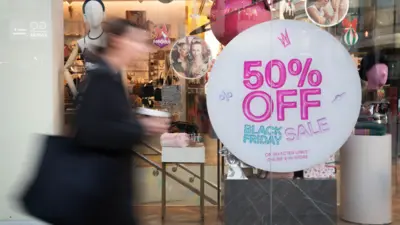We've updated our Privacy and Cookies Policy
We've made some important changes to our Privacy and Cookies Policy and we want you to know what this means for you and your data.
Sunflower seed carpet fills Tate
Top Stories
- Author, Tim Masters
- Role, Entertainment correspondent, ҙуПуҙ«ГҪ News
A carpet of more than 100 million "sunflower seeds" has been laid in a new art installation at Tate Modern.
Top Stories
The seeds - which are in fact made of porcelain - were created by Chinese artist Ai Weiwei for the Tate's annual Unilever Series.
Visitors to the vast Turbine Hall can walk on and pick up the seeds, but are asked not to take them away. The exhibition will run until May 2011.
Each imitation seed was sculpted and painted by specialists working in small-scale workshops in the Chinese city of Jingdezhen. Work on the project began two years ago.
Covering 1,000 square metres of the Turbine Hall, walking across the porcelain seeds is like crossing a pebbly beach.
Top Stories
It takes at least a minute to scrunch along the full length of the artwork in outdoor shoes. Upon closer inspection it is clear that no two seeds are the same.
Sunflower Seeds is the latest of a number of works that artist Ai Weiwei has made using porcelain, one of China's most prized exports.
Sunflower seeds are a popular Chinese street snack but also hold another meaning for the artist - a political dissident in China.
"The seed is a household object but at the same time it is a revolutionary symbol," said Ai, as his work was unveiled on Monday.
During the Cultural Revolution, propaganda images showed Chairman Mao as the sun and the mass of people as sunflowers turning towards him.
Human rights
Ai Weiwei, who was born in 1957 in Beijing, is the first artist living and working in the Asia-Pacific region to be commissioned for the series.
He has played a key role in contemporary Chinese art over the last two decades, and has been highly vocal about human rights issues in the country.
Ai helped create the Olympic Bird's Nest stadium in Bejing. His other work includes Dropping a Han Dynasty Urn (1995), which shows the artist dropping a 2,000 year-old vase, and Template (2007) in which he used 1,001 wooden doors and windows from destroyed Chinese buildings to create a huge sculpture.
To commemorate the 2008 Sichuan earthquake he produced Remembering 2009, a wall of Chinese text that covered the facade of the Haus der Kunst in Munich, Germany, made up of thousands of children's backpacks.
The Tate expects some two million visitors to Sunflower Seeds over the next six months.
Previous installations have included Doris Salcedo's crack in the floor of the Turbine Hall, Carsten Holler's spiralling slides and last year's eerie pitch-dark steel chamber by Miroslaw Balka.
Ai said he had got to know the workers who made the seeds well over the the last two years. "People are asking when can we start again, I'll have to think about a new project," he said.
How many of the seeds did he make himself?
"Probably three," he admitted. "It looks simple, but it takes some skill to do it."
Top Stories
More to explore
Most read
Content is not available








